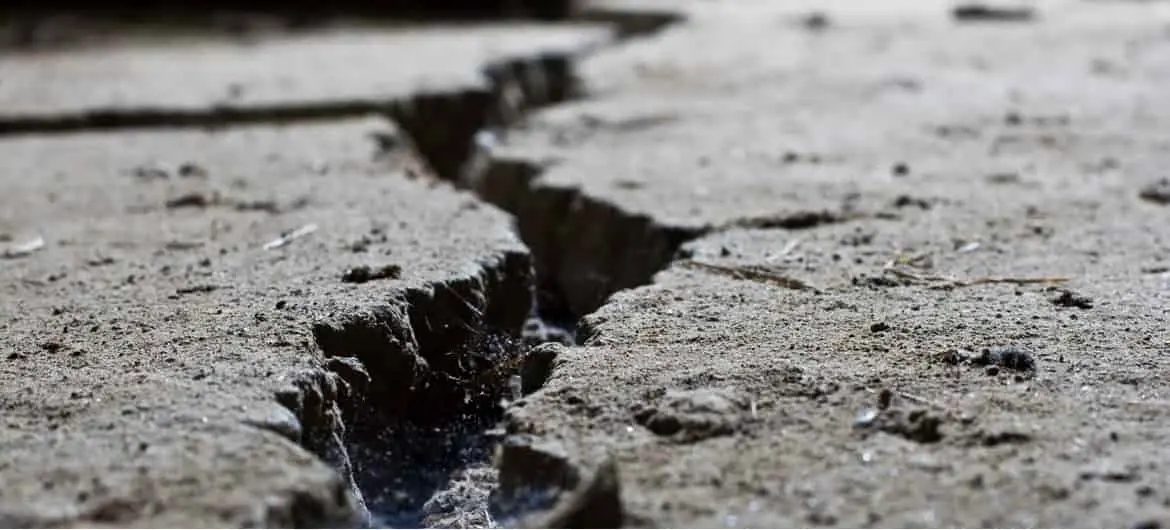Table of Contents
In this article, we will talk about interesting facts about earthquakes.
An earthquake may be defined as the sudden shock of the earth that emits the energy in the earth’s lithosphere causing the formation of seismic waves.
The earthquake can be caused due to volcanic eruption, moving of tectonic plates, formation of the cave in a small area, or due to explosions. It is determined with the help of a seismograph by Seismometers and is measured on the Richter Magnitude Scale.
1. Interesting Facts About Earthquakes
Here are a few interesting facts about earthquakes, lets start with number 1:
1
An earthquake can directly influence the length of a day. On the date of 11 March 2011, an 8.9 magnitude earthquake hits northeast Japan changing the distribution of the earth’s mass, making it rotate a bit faster, and shortening an earth’s day by about 1.8 microseconds.
2
The National Earthquake Information Center (NEIC) measures an average of 20,000 earthquakes every year nearly about 50 a day around all over the world. However, millions of earthquakes measured to occur every year are weak to be measured and feel.

3
The biggest measured earthquake all over the world was a magnitude of 9.5 in Chile on the date of May 22, 1960.
4
About 90% of the world’s earthquakes take place across the Ring of Fire, which is a region in the basin of the Pacific Ocean.
5
An earthquake caused Mt. Everest (Sagarmatha) to contract on the date of 25 April 2015, a magnitude 7.8 earthquake imposed serious damage to the country Nepal, causing many Himalayan mountains to contract, containing Mount Everest which contracted by one inch.
6
Because of earthquakes, at least 13 million people lost their lives in the past 4000 years.
7
The strongest earthquake ever measured had a magnitude of 9.5.
| Location | Date | Magnitude |
| Valdivia, Chile | 1960 | 9.5 |
| Prince William Sound, Alaska | 1964 | 9.2 |
| Sumatra, Indonesia | 2004 | 9.1 |
| Sendai, Japan | 2011 | 9.0 |
| Kamchatka, Russia | 1952 | 9.0 |
8
The earth’s surface contains 20 gradually moving plates. The pressure expansion from the movement of plates can cause the crust to split. This split permits stress to be emitted as energy, which passes through the earth in the form of waves known as earthquakes.
9
The deadliest earthquake ever hit on January 23, 1556, in Shansi, China. The number of people who lost their lives is 830,000 estimated.
10

11
The longest measured earthquake occurred for 10 minutes. An average earthquake occurs around a minute.
12
Charles Richter American scientist introduced the Richter scale on the date of 1935.
13
The city of San Francisco is leading toward Los Angeles at the pace of about two inches per year. That’s the near same speed at which fingernails expand.
This is occurring because the two sides of the San Andreas Fault are constantly slipping past one another. The cities will be together in several million years.
14
An undersea earthquake in the Indian Ocean activated a number of destructive tsunamis on the date of Dec. 26, 2004. The tsunamis hit the coasts of most landmasses bordering the Indian Ocean, making 100-foot waves and about 225,000 people lost their lives in 11 countries.
These were our 14 interesting facts about earthquakes.
2. Most Earthquake Prone Countries
The most earthquake-prone countries are as follows:
| Japan | Nepal | India |
| Ecuador | Philippines | Pakistan |
| El Salvador | Mexico | Turkey |
| Indonesia | ||
3. Way To Stay Safe During Earthquakes
Here are a few points that you can use to protect yourself from the earthquake.
a. Avoid the use of elevators.
b. Stay away from utility wires.
c. Way to clear the area and avoid bridges.
d. Cover your head and Neck.
e. Get Under the desk and hold on.
f. Use pillows or mattresses to protect yourself.
| Read Also: Earthquake Facts |

